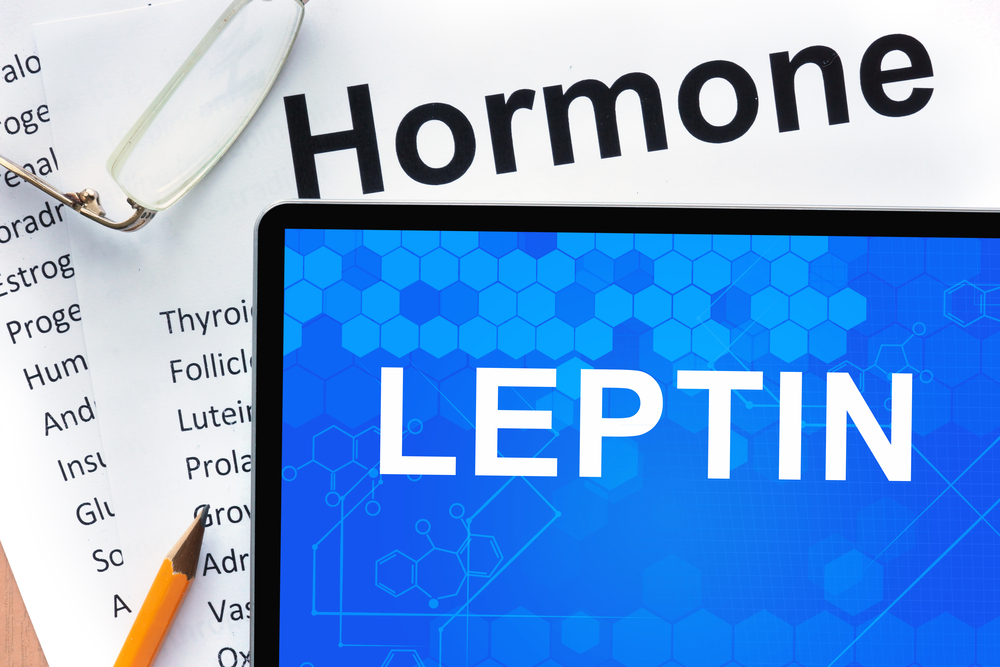Excessive Levels of Satiety Hormone Leptin May Contribute to Severity of SMA, Study Finds

Nearly half of young people with spinal muscular atrophy (SMA) — and especially those who are underweight — have abnormally high levels of leptin, a metabolic hormone linked to both disease severity and limited mobility, says a new study.
The findings show that SMA is associated with abnormal metabolic processes, and researchers suggests using leptin measurements to guide decisions about high-energy diets as well as serving as biomarkers for disease progression.
The study, “Hyperleptinemia in children with autosomal recessive spinal muscular atrophy type I-III,” appeared in the journal PLOS ONE. It underscored the importance of learning how metabolic and other SMA-related mechanisms interact in increasing the occurrence of a metabolic syndrome in SMA.
Although physicians and researchers know that weight loss or a failure to thrive is part of SMA’s disease progression, researchers at Germany’s University of Duisburg-Essen noted that few studies have explored hormonal contributions to energy metabolism in these patients. So they recruited 43 patients with SMA type 1 to 3, ranging in age from half a year to 21.8 years old.
Researchers measured a range of factors including growth parameters, neuromuscular function, blood glucose, insulin, leptin and hemoglobin. Of the 43 patients, 35 patients were assessed for leptin and researchers found that 15 of them had excessive levels of leptin. Of those, 60 percent were underweight, 33 percent were of normal weight and 7 percent were obese.
Leptin levels correlated both with the type of SMA and with the severity of movement impairment.
Researchers also noted that body mass index (BMI) and SMA type correlated, given that participants with SMA type 1 and 2 were extremely underweight. In addition, they found that eight out of the 21 girls in the study (38 percent) had a male pattern of body hair known as hirsutism — and seven of those eight girls had abnormally high leptin levels.
Leptin is a hormone released from fat tissue, and high levels increase energy use and the breakdown of body fat while dampening the appetite. Among normally developing children, high levels of leptin — often called the satiety hormone — lead to increased BMI, but researchers could find no such link in the study participants.
Researchers figured that the loss of muscle tissue — which is often replaced by fat — might cause high leptin levels. So while an SMA patient’s BMI might be low, much of the tissue can still be composed of fat. It’s also possible, they said, that neurodegenerative changes can affect the signaling leading up to the release of leptin.
“Due to the upcoming medical treatment options and the good standard of care program, SMA patients are getting older,” researchers concluded. “Increased abdominal fat tissue, hirsutism and premature pubarche [premature appearance of pubic hair], premature appearance of public hair which are more often seen in children with SMA type I-III, constitute risk factors for developing a metabolic syndrome. Medical follow-up of these patients from childhood up to adulthood should take this into account.”







